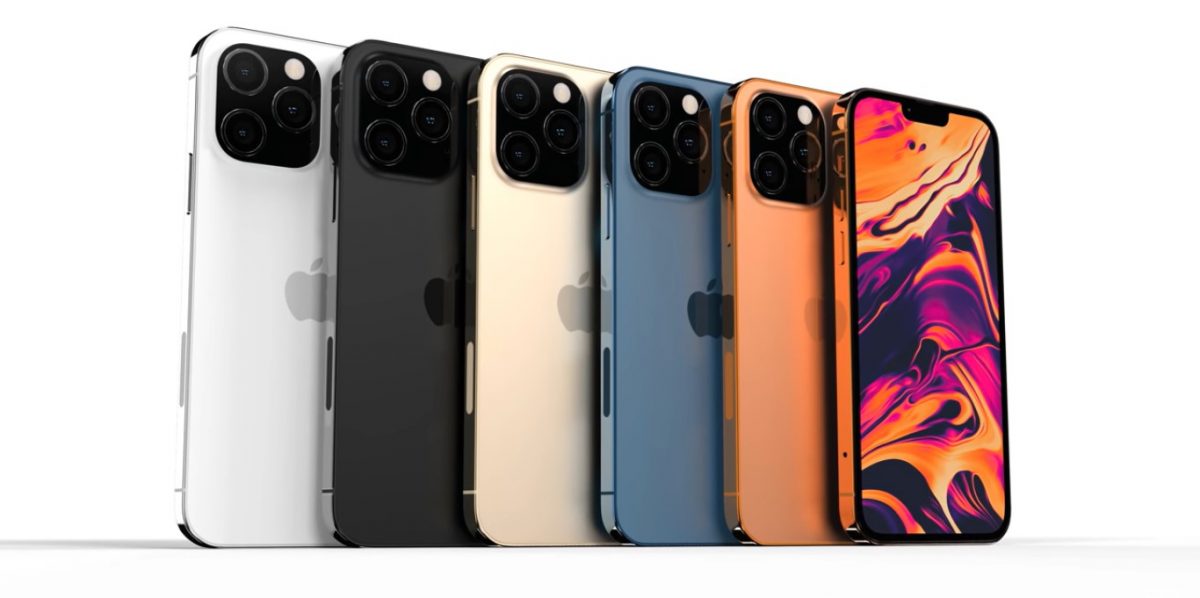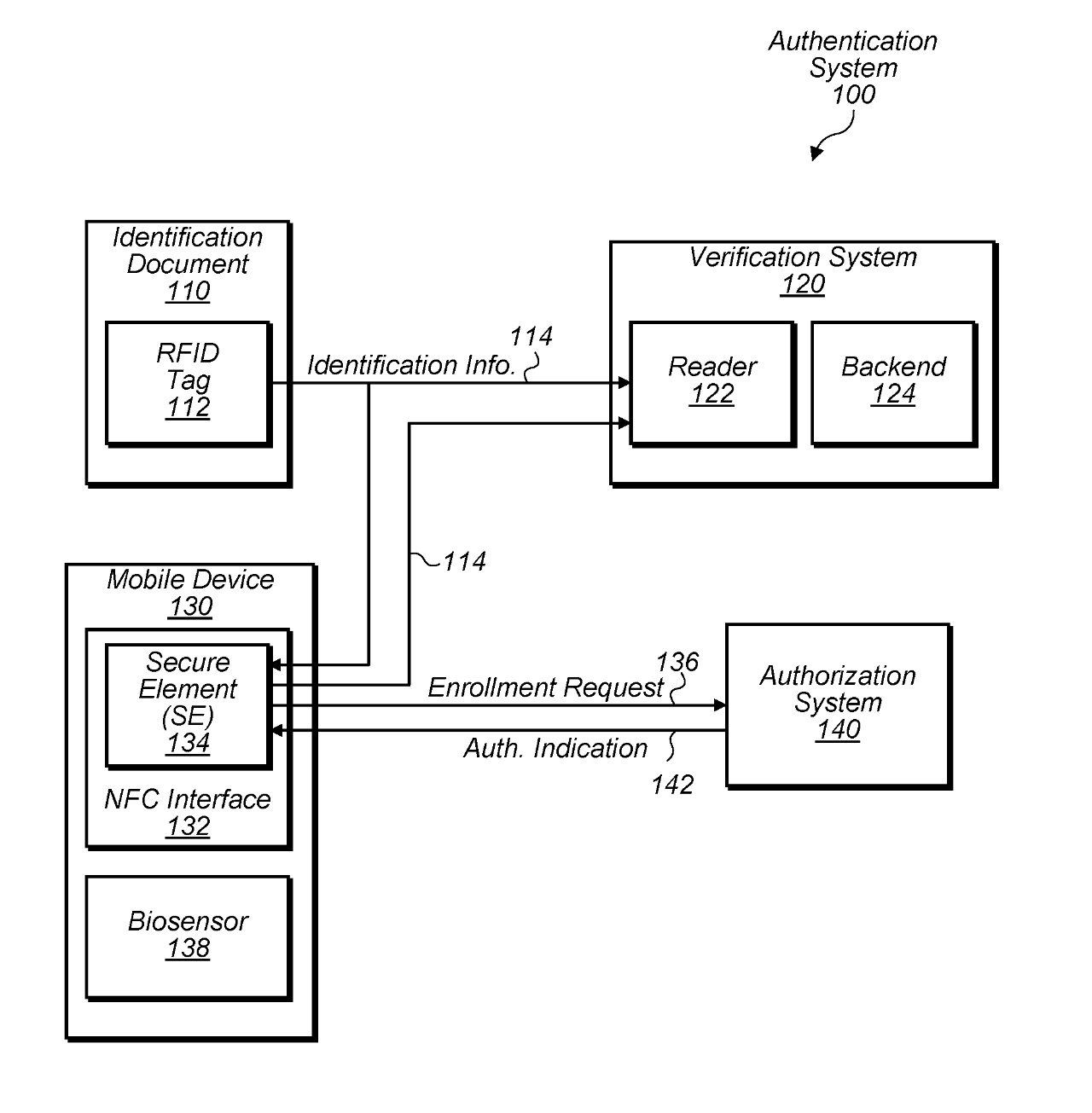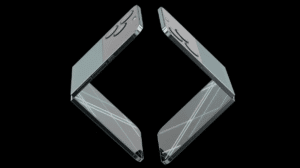According to a recent report, Apple is heavily invested in how to present the identity of someone with an iPhone to a passport official. The tech giant has already filed several patents on this issue, but the most recent one discovered shows that the application submitted by the company is concentrating on authenticating the person holding an iPhone with a digital ID is the real owner.
Most of the patent describes complex scenarios, or where much more information is required. For instance, at passport control, a user’s full ID is required, and with that, the user must be sure that they are talking to authorized officials. Keeping that in mind, the patent also describes various combinations of security keys and authentication where both the official and user will have their ID authenticated.

Apple working on introducing ID with iPhone replacing paper passports
The patent was filed on April 8 with the United States Patent & Trademark Office. The issues highlighted ranged from secure storage, through communications protocols, and making the process “tamper-resistant”.
The mobile device may perform an authentication that includes the secure element confirming whether a holder of an identification document has an attribute satisying some criterion without providing that attribute (or at least providing some information about that attribute without providing all information about that attribute.) For example, in one embodiment, a person may be attempting to purchase an item that requires the merchant to confirm whether an age of the person satisfies some threshold value. Rather than having the user present the identification document (e.g., a driver license), the reader of the merchant may ask the secure element to confirm whether the user of the mobile device is old enough to purchase the item.
The company has also described the amount of information that will be required from the user. Like the payment systems, today can ask Apple’s T2 chip to confirm identity and that processor will return a yes or no. The ID could work in the same way.

The patent also goes into depth about various combinations of authentication and security keys, a scenario where both the user and merchant possess an authenticated ID.
Apple presented another scenario where the electronic passport would consist of a chip that would store the holder’s name, address, nationality, and other various information. Upon passing through customs, when the ID holder will present the passport and the customs officer would place the passport on a reader to verify information saved in the chip. After receiving confirmation, the officer may let the holder pass through the gates.
The idea sounds interesting but it comes with a major risk as well. Would you go for such a product? Let us know your thoughts in the comments below.
Read More:



